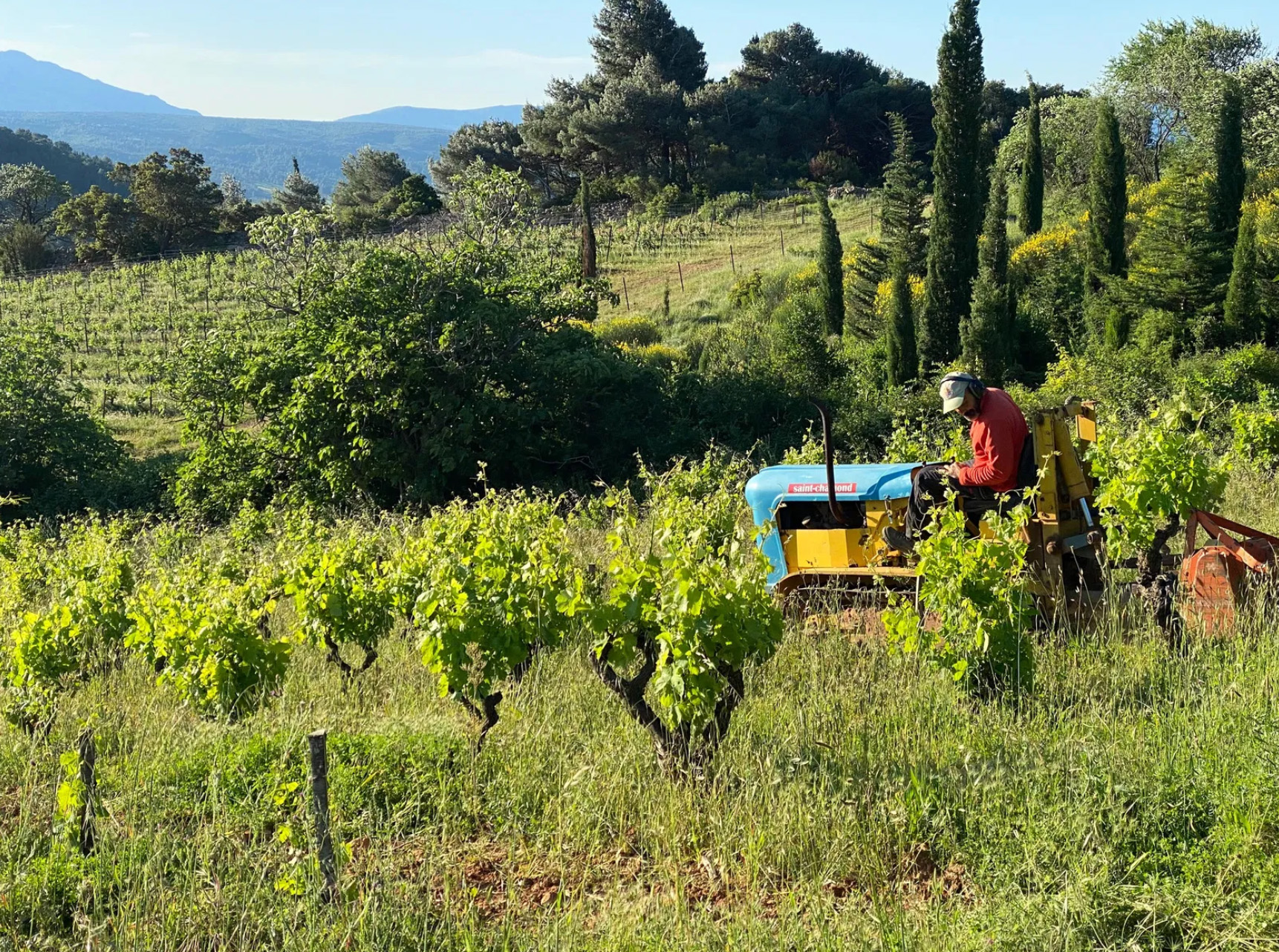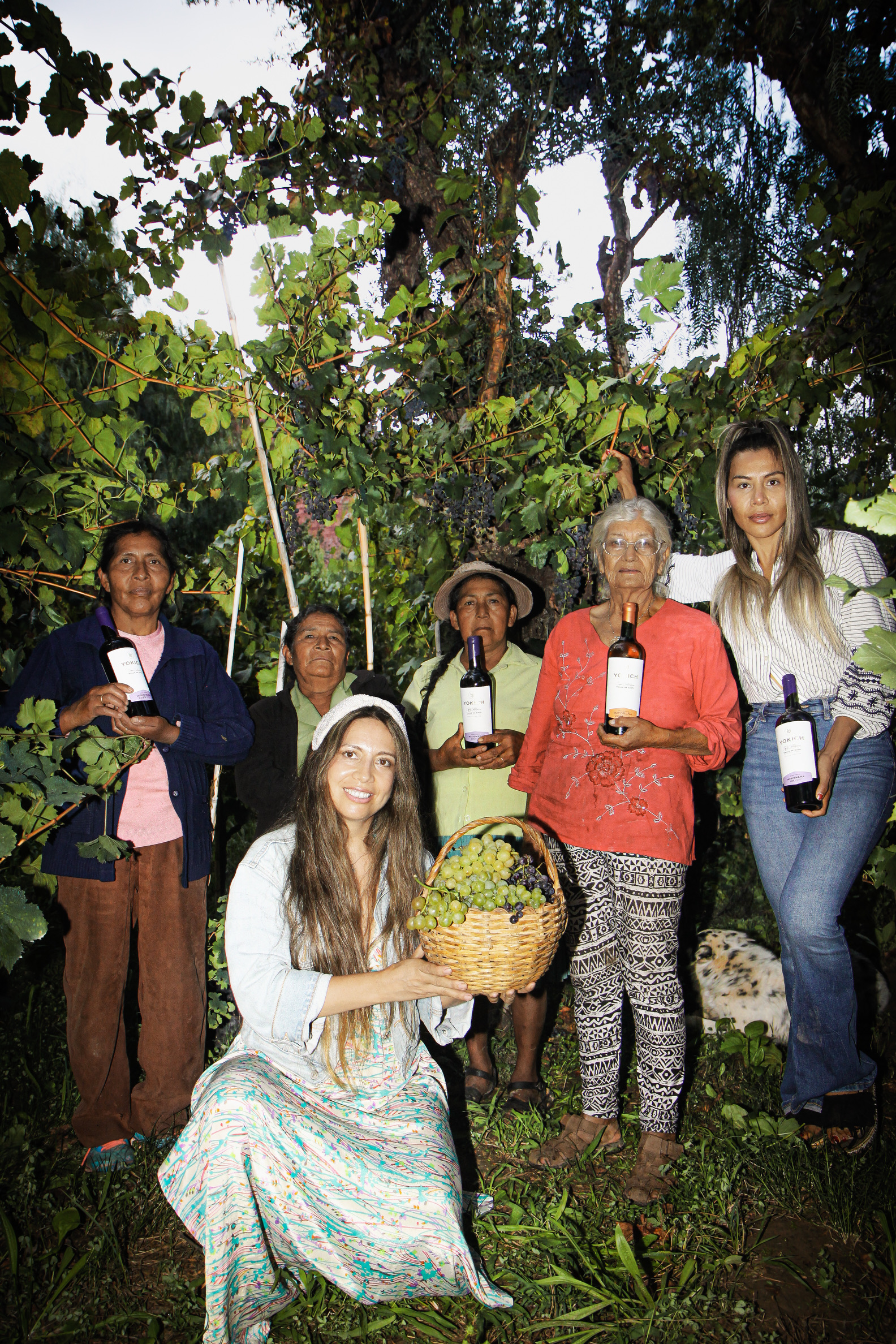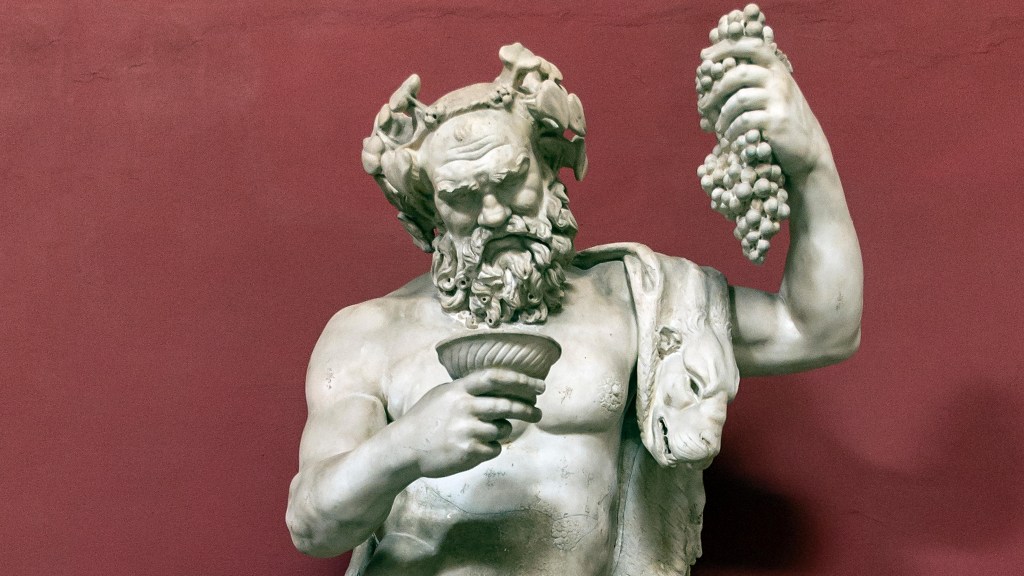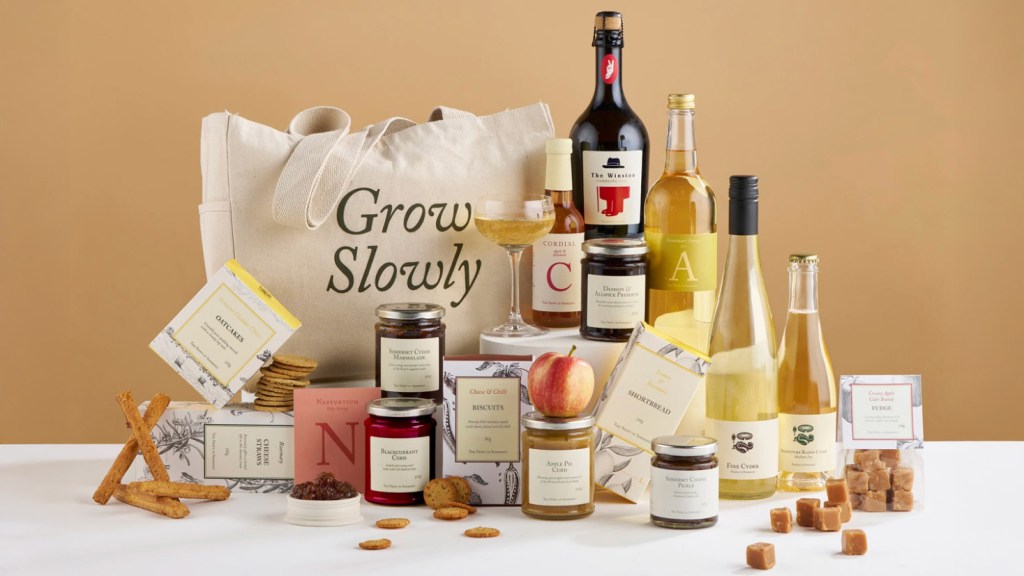Englishwoman Champions 100-Year-Old French Vines
When does age become a virtue? In humanity, there’s often little rush to embrace aging — wisdom lacks the appreciation it once commanded, while wrinkles remain as disregarded as ever. However, wine tells a different story; it has long been praised for its ability to improve with age, particularly when it comes to fine vintages. This sentiment echoes back to Roman times. Their elite wine, Falernian, from the celebrated year of 121 BC, was so esteemed that it continued to be enjoyed enthusiastically even 75 years later. The wine was valued not just for its taste but also for its remarkable aging potential.
Curiously, while wine enthusiasts often emphasize the significance of aging wine, there’s comparatively little discussion about the age of the vines themselves. For a vine to bear grapes suitable for winemaking, it requires at least three years. Beyond that, vines typically improve with maturity, especially when planted in ideal soils and maintained with proper care. Some vines, like those on Santorini, are reputed to be over 200 years old.
Old vines may produce fewer grapes, but the quality is often exceptional, resulting in wines with intricate flavors and textures. Sadly, many ancient vines are often uprooted in favor of younger, more productive varieties. Katie Jones, an English winemaker who established Domaine Jones in Languedoc in 2008, explains, “They require a lot of attention and care, which can be extremely costly.” Jones tends to vines that date back to 1905, arranged in narrow rows that are too close for tractors, necessitating all work to be done by hand.

While she understands the reasoning behind replacing these older vines, she embraces their limited yield. Her production is modest, at just 16,000 bottles, of which only 300 are her exquisite La Perle Rare Grenache Gris. Jones firmly believes that the rich history of her old vines and the superior wine they yield is invaluable. In a novel approach, she has introduced a vine adoption program, where the best of her ancient vines can be ‘adopted.’ Located on a hillside, these vines are encircled by charming stone walls and overlook the historic Château d’Aguilar, a 12th-century Cathar castle. She likens this initiative to adopting a pet: “The more attractive they are, the higher the chance they’ll get adopted!”

Members of her Old Vine Club enjoy the privilege of renaming their adopted vine, securing a 10% discount on Domaine Jones wines, and having the option for a VIP tasting experience, which includes a ride in Jones’s vintage 2CV to enjoy a glass of wine beside their vine. Visitors often make the trip to these remote and stunning hills — reminiscent of a time before cars. “They truly form a bond with their vine,” Jones notes, often sharing photos and messages between the ‘parent’ and the plant throughout the year. Many choose to name their vines after loved ones, leading to heartfelt interactions, including singing to the vines during visits. Each year, Jones hosts a harvest day party for vine owners, featuring a barbecue along with opportunities for members to gather grapes and picnic amid the ancient vines.

Jones is not alone in her dedication to preserving old vines from being uprooted and safeguarding their significance against dilution caused by the ambiguous use of the term (without legal definitions). Renowned South African viticulturist, Rosa Kruger, has initiated an Old Vine Project to catalog and protect vintage vines while preserving the essential aspects of South Africa’s heritage. There is also an Old Vine Conference aimed at fostering research and sharing information, complemented by the Old Vine Hero Awards, which highlight individuals championing the revitalization and education surrounding old vineyards. The latest awards celebrated the Bolivian winery, Bodegas y Viñedos Yokich, for over two decades of commitment to ancient vine conservation.

The inspiration for Jones’s vine adoption project sparked during the Covid pandemic when she began filming her vineyard explorations and was taken aback by the interest in her life as an English winemaker in the French landscape. She has created an illustrated map for her vine patrons to explore the vineyards and has plans for an audio guide; her aspirations extend even further as she hopes to let the vines share their stories. “They do communicate, you know: ‘I’m thirsty,’ or ‘I just had my hair cut’ [after pruning]. There’s immense potential for them to convey the history of this region.”




Post Comment